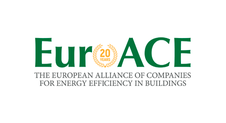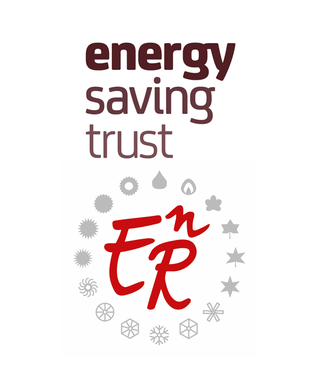Search eceee proceedings
Towards urban building energy modeling: a comparison of available tools
Panel: 8. Buildings: technologies and systems beyond energy efficiency
This is a peer-reviewed paper.
Authors:
Fatemeh Johari, Uppsala University, Sweden
Annica M. Nilsson, Department of Engineering Sciences, Uppsala University
Magnus Åberg, Department of Engineering Sciences, Uppsala University, Sweden
Joakim Widén, Uppsala University -Department of Engineering Sciences
Abstract
Along with sustainable urban development and energy efficiency initiatives, city-scale energy modelling of buildings has been receiving an increasing attention as a tool for planning and evaluating future viable cities. However, due to the lack of software developed specifically for urban building energy modelling, computer-based modelling tools, previously applied for evaluation of the energy use and performance of single buildings, are widely utilized.
The indoor climate and energy simulation tool IDA ICE, the transient system simulation software TRNSYS, and the building energy simulation programs EnergyPlus and VIP-Energy are some of the most commonly used examples of such tools. Although these simulation tools should in principle be possible to use for large-scale applications, there is no comprehensive study that reflects on the modelling procedure, inputs, outputs and validity of these tools compare to each other.
Thus, to investigate the capabilities of these tools for urban building energy simulations and to identify their advantages and disadvantages, in this study, a detailed energy model of a neighborhood including 32 district-heated buildings located in Sweden was developed in each tool. Hourly and annual simulation results were compared to each other and validated against thermal energy measurement data.
The results of the study show that the simulated heat demand is a reasonable approximation of the real one in all of the four tools. The annual deviation from the measured heat demand is +18% for IDA ICE, +15% for TRNSYS and about -13% and -16% for EnergyPlus and VIP-Energy, respectively. However, the simulated results from EnergyPlus, TRNSYS and VIP-Energy indicated higher correlations with the hourly measurements compared to IDA ICE. The findings of this study suggest that EnergyPlus and TRNSYS are the most applicable tools for use in UBEM.
Downloads
Download this paper as pdf: 8-362-19_Johari.pdf
Download this presentation as pdf: 8-362-19_Johari_Presentation.pdf
Panels of
1. The dynamics of limiting (energy) consumption
2. What's next in energy policy?
4. Monitoring and evaluation for greater impact
5. Smart and sustainable communities
7. Make buildings policies great again
8. Buildings: technologies and systems beyond energy efficiency
9. Improving energy efficiency in ICT, appliances and products

























